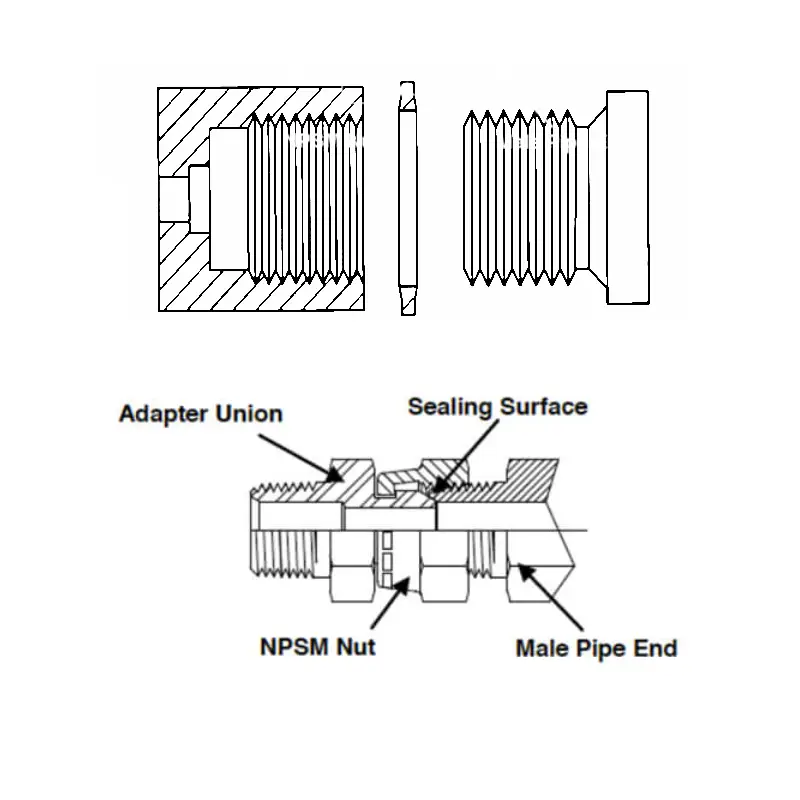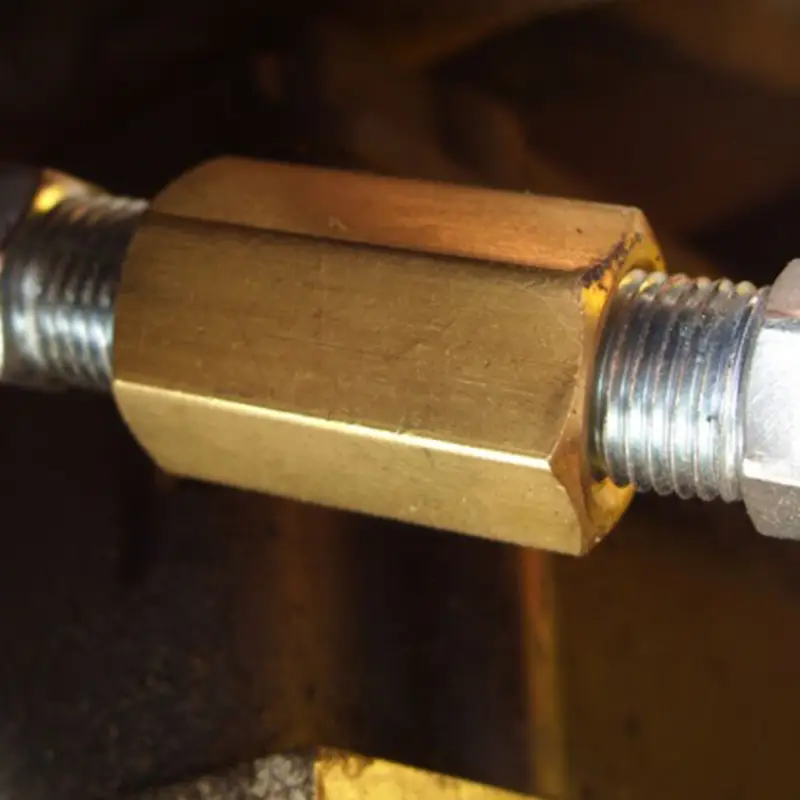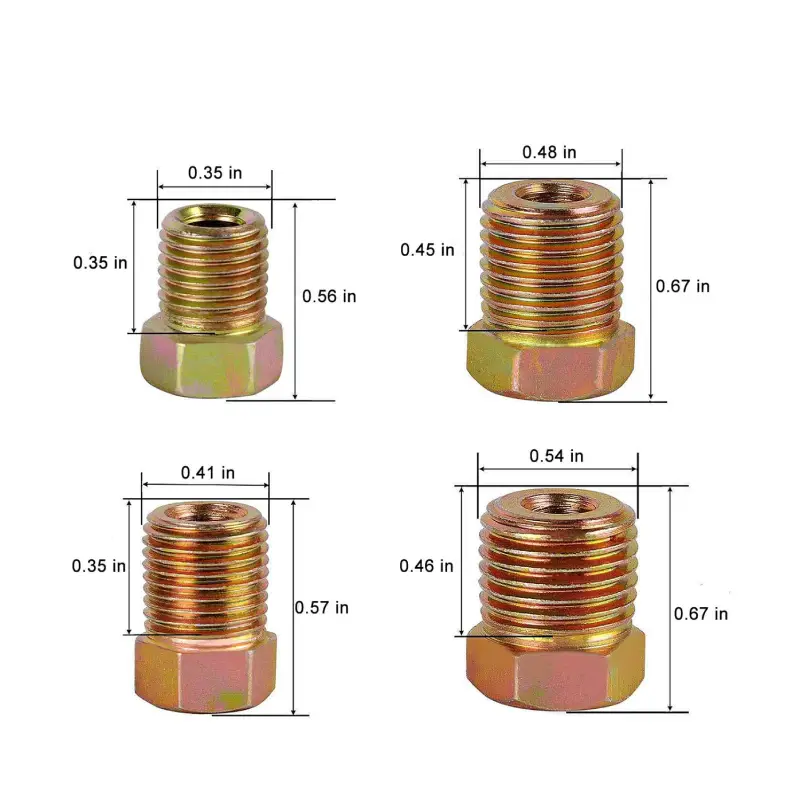NPSM (National Pipe Straight Mechanical) and BSPP (British Standard Parallel Pipe) threads are both parallel thread standards used in fluid transfer systems, but they serve distinct purposes. Understanding their differences is crucial for ensuring proper connections and preventing leaks. NPSM threads are primarily used in mechanical applications, while BSPP threads are designed for sealing in hydraulic and pneumatic systems.
These thread types differ in their sealing mechanisms and applications. NPSM relies on a mechanical seal, often with an O-ring, while BSPP uses a bonded seal or O-ring to create a pressure-tight connection. Selecting the correct thread type is essential for system integrity and optimal performance.
What Is NPSM
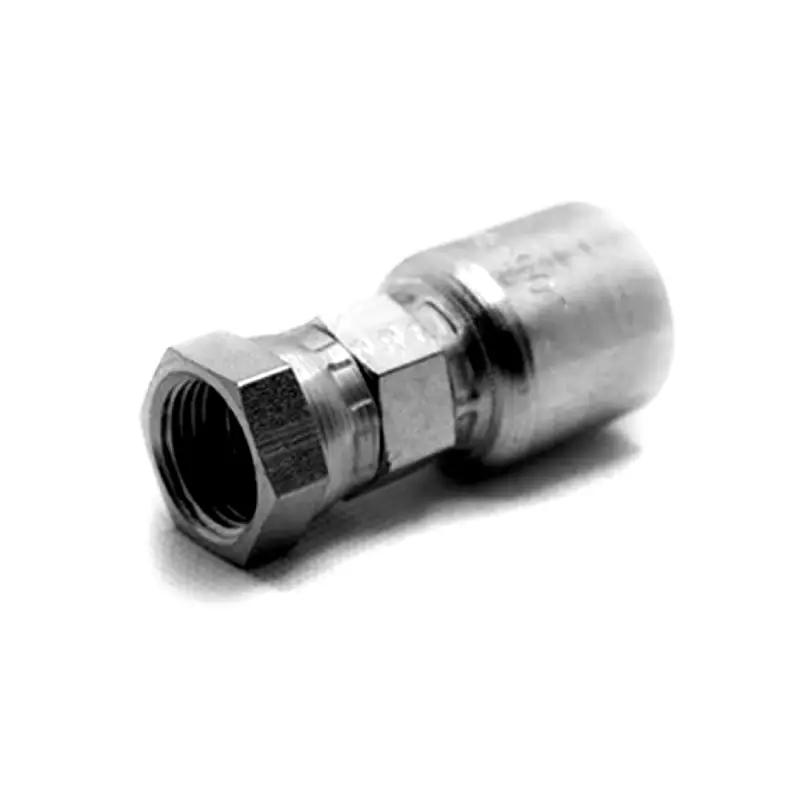


NPSM, or National Pipe Straight Mechanical, is a U.S. standard for straight, parallel threads used in mechanical connections. Unlike tapered threads, NPSM threads do not create a seal through thread compression alone; they require additional sealing methods, such as O-rings or bonded seals, to prevent leaks.
These NPSM threads are commonly used in hydraulic systems, where a secure mechanical connection is necessary, and sealing is achieved through separate means.
What Is BSPP
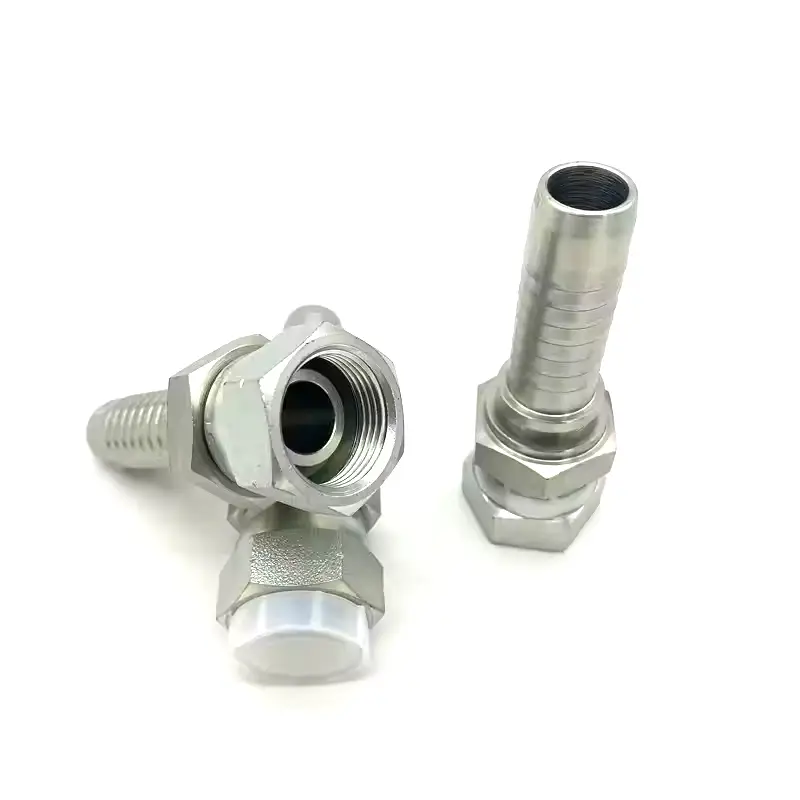
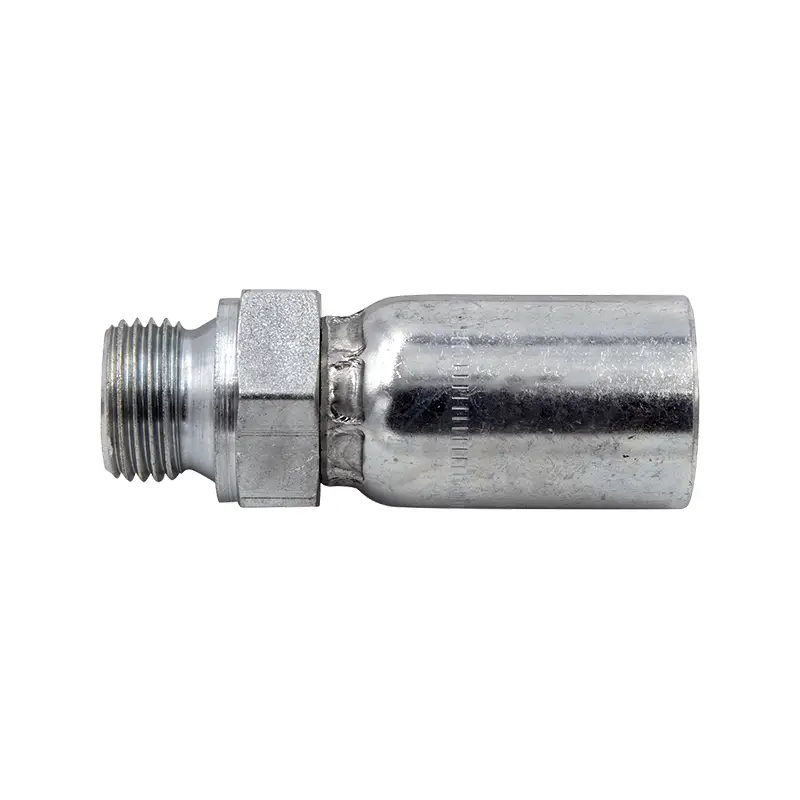
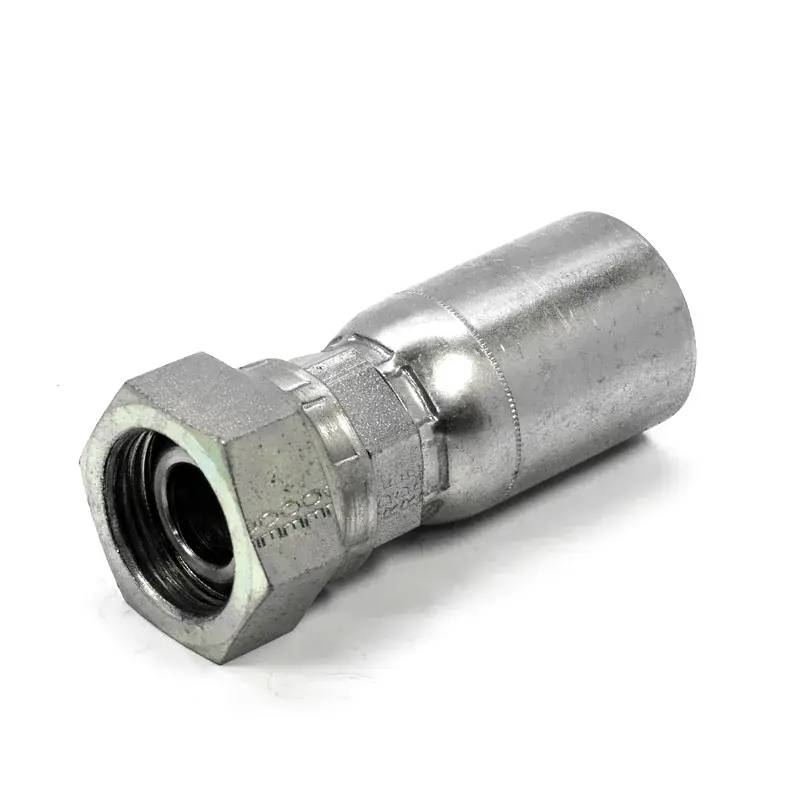
BSPP, or British Standard Parallel Pipe, is a parallel thread standard used primarily in the United Kingdom and throughout Europe for sealing pipes and fittings in hydraulic and pneumatic systems.
Unlike tapered threads, BSPP threads are straight, requiring an O-ring or bonded seal to create a leak-proof connection. This standard is widely recognized for its reliability in low to medium-pressure applications, offering consistent performance and ease of assembly.
NPSM vs BSPP
NPSM (National Pipe Straight Mechanical) and BSPP (British Standard Parallel Pipe) are both parallel thread standards used in fluid transfer systems, but they differ significantly in their design, application, and sealing mechanisms.
Understanding these distinctions is crucial for selecting the appropriate thread type for specific applications. NPSM threads are a U.S. standard designed primarily for mechanical connections, relying on additional sealing methods like O-rings or bonded seals to prevent leaks. They are commonly used in hydraulic systems where a robust mechanical connection is required, but sealing is achieved through external means.
BSPP threads, on the other hand, are a British standard prevalent in international markets, particularly in Europe. They also utilize parallel threads, but are specifically designed to create a seal using an O-ring or bonded seal, making them reliable for low to medium-pressure hydraulic and pneumatic applications.
The O-ring creates a compression seal against a chamfered surface, ensuring a leak-free connection. While both standards employ parallel threads, their regional prevalence and sealing methods differ considerably.
Key Differences between NPSM and BSPP fittings in the following:
Regional Prevalence:
- NPSM: Primarily used in the United States, adhering to national standards for mechanical connections in hydraulic systems, emphasizing robust mechanical fittings with supplementary sealing.
- BSPP: Widely used in international markets, particularly in Europe, following British standards for hydraulic and pneumatic systems, focusing on O-ring based sealing.
Sealing Mechanism:
- NPSM: Relies on external sealing methods like O-rings or bonded seals, requiring a separate sealing component to prevent leaks, often in high vibration applications.
- BSPP: Designed to create a seal using an O-ring or bonded seal, where the O-ring compresses against a chamfered surface, ensuring a reliable, leak-free connection.
Application Focus:
- NPSM: Primarily used for mechanical connections in hydraulic systems, prioritizing a strong mechanical joint with added sealing, suitable for heavy duty use.
- BSPP: Commonly used in low to medium-pressure hydraulic and pneumatic applications, prioritizing a reliable seal with O-rings for consistent performance.
The Differences Between NPSM and BSPP:
| Feature | NPSM (National Pipe Straight Mechanical) | BSPP (British Standard Parallel Pipe) |
| Regional Use | United States | International (Europe) |
| Sealing Mechanism | External seals (O-rings, bonded seals) | O-ring or bonded seal compression |
| Application | Mechanical connections in hydraulic systems | Hydraulic and pneumatic systems |
| Thread Type | Parallel | Parallel |
| Standard Origin | American | British |
| Pressure Tolerance | Varies based on sealing method | Low to medium |
How to Choose NPSM and BSPP
Selecting between NPSM and BSPP fittings requires a careful evaluation of the application’s specific needs. Begin by considering the regional standards applicable to your system. If your application is primarily within the United States, NPSM fittings are typically the standard choice. For international applications, especially those within Europe or regions adhering to British standards, BSPP fittings are more common. Assess the operating pressure and fluid type, as BSPP fittings are generally preferred for low to medium-pressure hydraulic and pneumatic systems where O-ring sealing is effective.
Next, evaluate the sealing mechanism and connection requirements. NPSM fittings rely on external sealing methods like O-rings or bonded seals, requiring a robust mechanical connection with additional sealing components. BSPP fittings, on the other hand, are designed to create a seal using an O-ring or bonded seal against a chamfered surface, ensuring a reliable leak-free connection. Ensure the thread size and pitch match the components you intend to connect. Consider the ease of assembly and maintenance, as BSPP fittings often offer simpler assembly due to their O-ring sealing design.
Regional Standards:
- NPSM for U.S. applications, aligning with national standards.
- BSPP for international use, particularly in Europe, following British standards.
Operating Conditions:
- BSPP for low to medium-pressure hydraulic and pneumatic systems.
- Fluid type compatibility with fitting materials.
Sealing Mechanism:
- NPSM requires robust mechanical connections with external seals.
- BSPP utilizes O-ring or bonded seals against a chamfered surface.
Connection and Assembly:
- Thread size and pitch compatibility with existing components.
- BSPP’s simpler assembly with O-ring sealing design.
Conclusion
In conclusion, NPSM and BSPP threads, while both parallel, serve distinct purposes in fluid transfer systems. NPSM is a U.S. standard designed for mechanical connections, often used in hydraulic applications. BSPP, a British standard, is prevalent in international markets, known for its reliable sealing with O-rings. Understanding these differences ensures appropriate selection and system compatibility.
NPSM threads, with their straight design, require additional sealing methods, like O-rings or bonded seals, to prevent leaks. BSPP threads, also parallel, utilize O-rings to create a robust, leak-free seal, making them suitable for hydraulic and pneumatic applications. Proper thread identification is vital to avoid system failures.
For high-quality wholesale hydraulic fittings, including a wide range of NPSM and BSPP options, contact DF Hydraulics today. We offer customizable solutions tailored to your industrial needs. Partner with us for reliable and efficient fluid transfer systems. Get in touch to discuss your requirements and benefit from our expert services.
Related:
